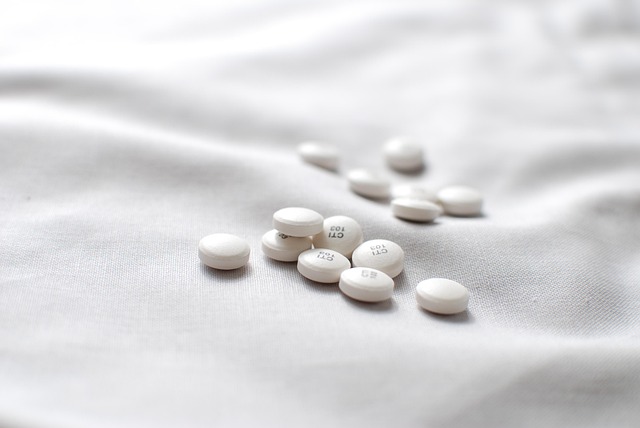After successful laser wart removal treatment, proper hygiene and avoiding scratching are crucial to prevent infection and prolonged healing. Professional services offer expert advice for optimal results. Preventing recurrence involves identifying risk factors and adopting post-treatment care measures, such as keeping treated areas clean and dry. Regular check-ups with a dermatologist are vital for early detection. If warts persist, prompt medical attention is advised, exploring alternatives like cryotherapy or topical medications for complete wart eradication.
After successful laser wart removal, proper care is essential to prevent reoccurrence. This guide outlines a systematic approach to maintain healthy skin and reduce wart regrowth risks. Understanding the post-laser healing process and identifying potential risk factors are key. Learn how to care for the treated area effectively and implement preventative measures like regular exfoliation and moisturizing. Know when to seek medical attention and explore additional removal options if necessary, ensuring optimal results from your laser wart removal treatment.
- Understand Post-Laser Skin Healing Process
- Identify and Address Potential Risk Factors
- Care for Treated Area Properly
- Implement Preventative Measures Systematically
- Know When to Seek Medical Attention
- Explore Additional Wart Removal Options
Understand Post-Laser Skin Healing Process
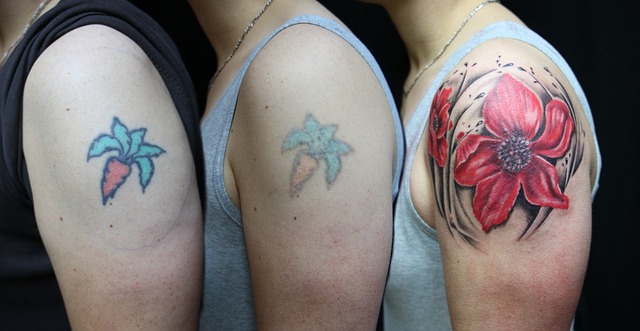
After laser treatment for wart removal, understanding the subsequent healing process is vital. The skin undergoes a natural recovery phase where dead skin cells and the wart itself may continue to shed. This period typically lasts several days to a week. During this time, it’s crucial to maintain proper hygiene and avoid scratching or disturbing the treated area, as this can lead to infection or prolonged healing.
The post-laser skin healing process involves the body’s natural response to repair and rejuvenate. In some cases, new skin cells may grow back, especially if the wart was deep-seated. A private wart removal service, such as those offered in Leeds, St Helens, or Bolton, can provide expert advice on managing this phase and offer additional treatments if necessary to ensure optimal results and prevent reoccurrence.
Identify and Address Potential Risk Factors

After successful laser wart removal treatment, preventing recurrence is key to maintaining clear skin. Identify potential risk factors that could lead to new warts developing, such as weakened immune systems, frequent hand contact with rough surfaces, or persistent exposure to viral infections. Addressing these factors proactively can significantly reduce the chances of regrowth.
Consulting top dermatologists for laser wart removal advice is invaluable. They can provide guidance on post-treatment care, including proper wound healing practices and preventive measures. Additionally, understanding that laser wart removal procedures are typically quick, painless, and effective helps alleviate concerns. The duration varies, but most sessions last only a few minutes, ensuring minimal disruption to your daily routine.
Care for Treated Area Properly
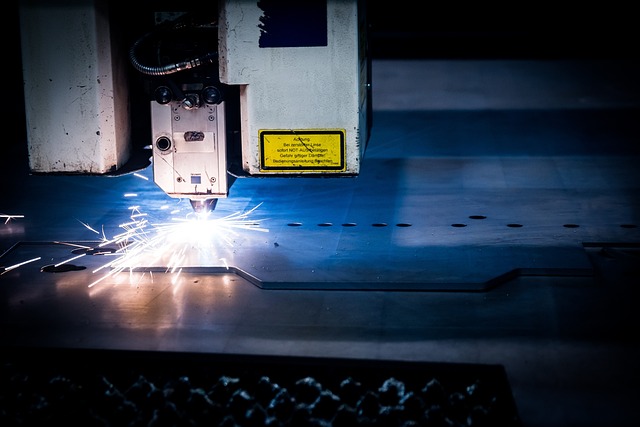
After successful laser wart removal treatment, proper care of the treated area is crucial for preventing reoccurrence. It’s important to keep the skin clean and moisturised, applying gentle, over-the-counter creams as directed by your healthcare provider. Avoid harsh scrubs or exfoliants that might irritate the sensitive skin. Direct exposure to sunlight should be minimised; always use sunscreen with a high SPF when outdoors.
In terms of comparing laser wart removal to other methods like freezing (cryotherapy), many patients find lasers offer longer-lasting results and fewer side effects. Private wart removal Bristol services, for instance, often highlight the convenience and effectiveness of laser treatments. Read positive wart removal laser reviews to understand why this method is gaining popularity for its ability to target warts effectively while reducing pain and downtime compared to freezing.
Implement Preventative Measures Systematically
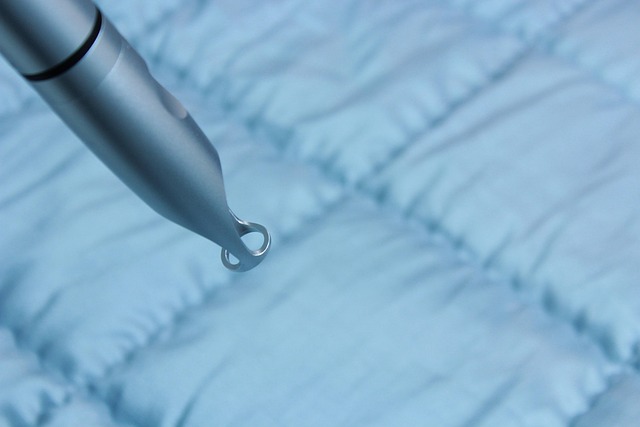
After successful laser wart removal treatment, implementing systematic preventative measures is crucial to avoid reoccurrence. This involves a multi-pronged approach that includes keeping the treated area clean and dry, avoiding direct sunlight or tanning beds for extended periods, and refraining from touching or picking at the skin. Using natural remedies like apple cider vinegar or salicylic acid as part of your daily hygiene routine can also help ward off new warts, especially when combined with over-the-counter wart treatments recommended by healthcare professionals.
Remember that while laser wart removal offers an effective solution for stubborn warts in areas like Blackpool, West Midlands, and Wolverhampton, it’s just one step in the process. Consistent care and prevention are key to maintaining smooth, wart-free skin. Regular check-ups with your dermatologist can also help catch any new warts early on, ensuring they’re treated promptly before they have a chance to spread or become more difficult to remove.
Know When to Seek Medical Attention
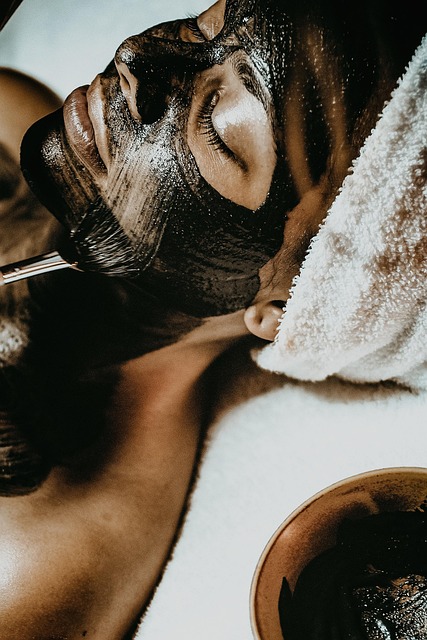
If your warts persist or return after laser treatment, it’s crucial to seek medical attention promptly. While some people may experience temporary relief after laser wart removal treatment, such as wart removal Doncaster, wart removal Birmingham, or private wart removal Gloucester, recurrent or persistent warts require professional assessment. Your healthcare provider can determine if further treatment is necessary and offer options tailored to your specific case.
Regular check-ups are essential to monitor any changes in the treated area and ensure complete wart removal. Additionally, they can help prevent future outbreaks by addressing potential triggers and providing guidance on proper skin care practices to strengthen your immune system against viral infections.
Explore Additional Wart Removal Options

If laser treatment isn’t an option or if your warts persist after initial sessions, don’t worry; there are alternative strategies to consider. Exploring additional wart removal options can offer effective relief. One such method is cryotherapy, where warts are frozen off using liquid nitrogen, a quick and non-invasive procedure. Another popular choice is topical medication, applied directly to the wart to weaken and eventually remove it.
The Doncaster Wart Clinic, for instance, provides various non-invasive wart removal methods tailored to different skin types and wart sizes. How fast does laser remove warts can vary; while it’s known for its efficiency, multiple sessions might be required to completely eradicate warts. These alternative treatments offer hope for those seeking swift relief or facing limitations with traditional laser procedures.
After laser wart removal treatment, proper care and preventative measures are crucial to avoid regrowth. Understanding the post-laser healing process, identifying and addressing risk factors, and caring for the treated area systematically can significantly reduce the chances of warts returning. Remember to seek medical attention promptly if concerns arise and explore additional options like cryotherapy or topicals as needed. By following these steps, you can enhance the effectiveness of laser wart removal and maintain smooth, clear skin.
